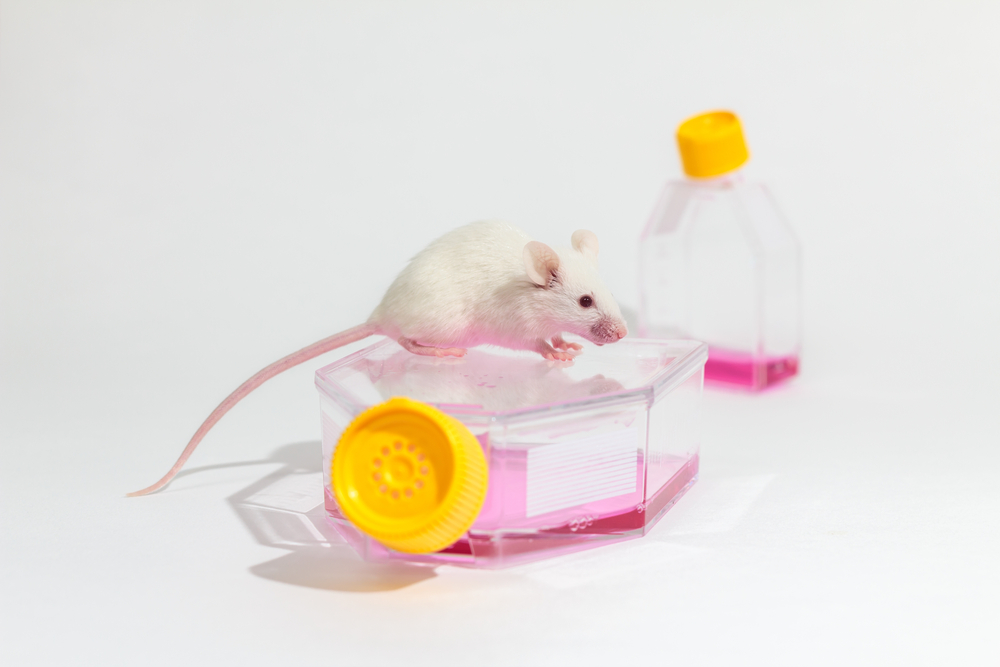Mutated Protein in Huntington’s Patients Can Be Transplanted, Grown in Healthy Animal Cells

Korean researchers have demonstrated for the first time that transplanting cells from a patient with Huntington’s disease (HD) into mice leads to the development of the pathology in the animal through the propagation of mutated huntingtin (HTT).
The study “Human-to-mouse prion-like propagation of mutant huntingtin protein,” was published in Acta Neuropathologica, in
HD is a genetic neurodegenerative disorder that affects the central nervous system because of the production of a mutant form of HTT (mHTT), resulting from the expansion of CAG (cytosine-adenine-guanine) repeats in the Htt gene. Although it was thought that mHTT caused cellular dysfunction only in the cells that express the protein (where mHTT aggregates, forms inclusion bodies and results in cell death), recent reports have challenged the assumption.
Analysis of HD patients who had received transplants from non-HD donors, as an attempt to repair their brain, revealed that mHTT was not only found in the patients’ cells but also in transplanted cells, suggesting that this pathological protein can spread to healthy cells.
Study researchers, led by Jihwan Song, professor and director of Neural Regeneration and Therapy Group at the CHA Stem Cell Institute of CHA University, have shown that implantation of fibroblasts, induced pluripotent stem cells (iPSCs), or exosomes derived from HD patients in the brain of newborn mice recapitulated the behavioral and pathological phenotypes that characterized HD patients.
“This is the first demonstration that cells carrying a genetic disease are capable of spreading into the normal mammalian brain and lead to the manifestation of behavioral abnormalities associated with the disease,” said Francesca Cicchetti, professor at the Université Laval Faculty of Medecine and researcher at Centre de recherche du CHU de Québec-Université Laval, Canada, in a press release.
The study provided the first evidence that mHTT can propagate from human to mouse cells in a prion-like manner, and the investigators believe that it is a major finding for the development of new therapies for HD patients.
“Our findings shed a completely new light onto our current understanding of how HD begins and develops. We believe that they will also lead to the development of a whole new range of therapies for neurodegenerative diseases of the central nervous system,” Song said.






